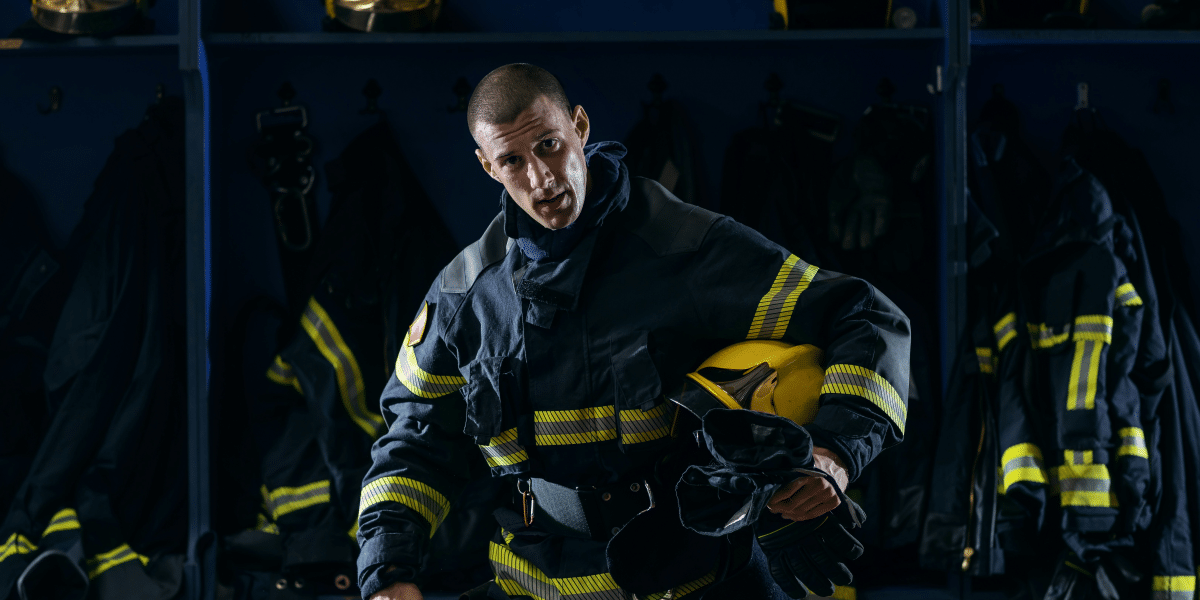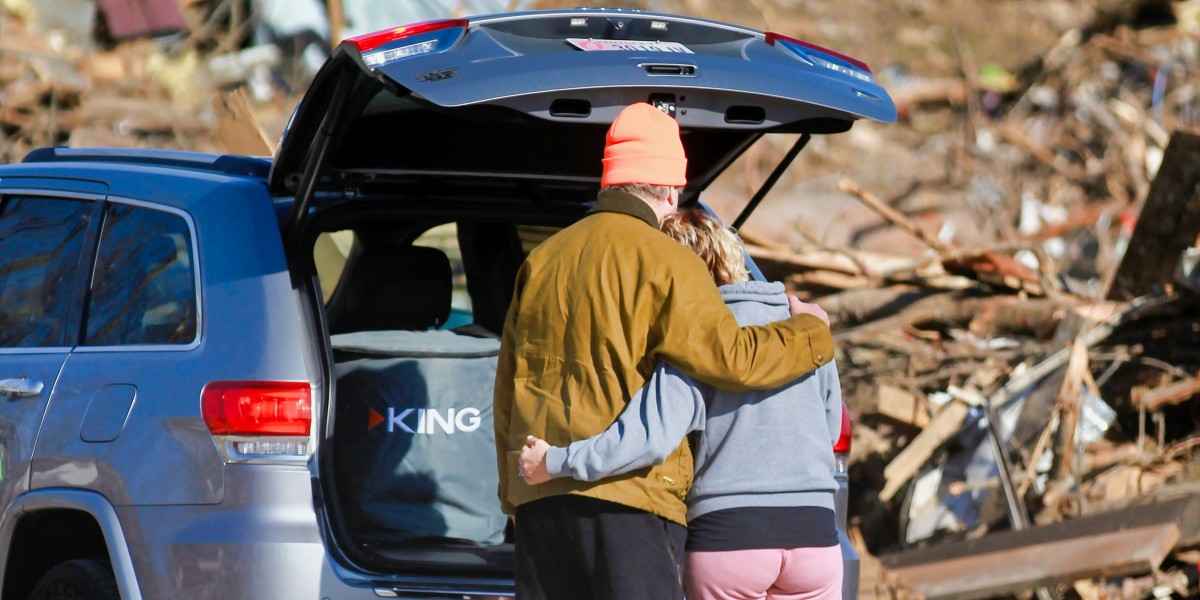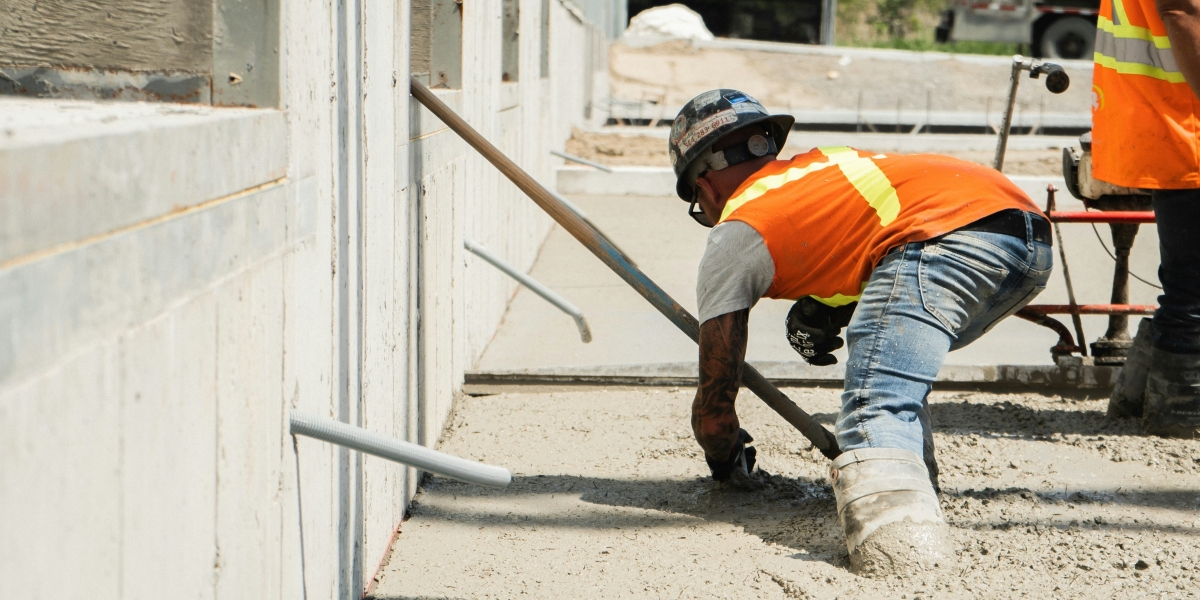During an emergency, the body’s natural response is to enter a state of heightened alertness, often referred to as the “fight-or-flight” response. While this response can be beneficial in certain situations, it can also lead to panic, clouded judgment, and impulsive actions. Staying calm allows you to think clearly, assess the situation accurately, and make rational decisions.
Breathing Techniques
One of the simplest and most effective ways to calm your mind during an emergency is through controlled breathing. Deep, slow breaths help activate the parasympathetic nervous system, which counteracts the stress response.
Box Breathing:
- Inhale deeply through your nose for a count of four.
- Hold your breath for a count of four.
- Exhale slowly through your mouth for a count of four.
- Hold your breath again for a count of four.
- Repeat this cycle until you feel calmer and more focused.
Diaphragmatic Breathing:
- Place one hand on your chest and the other on your abdomen.
- Inhale deeply through your nose, allowing your abdomen to rise while keeping your chest relatively still.
- Exhale slowly through your mouth, letting your abdomen fall.
- Continue this breathing pattern, focusing on the rise and fall of your abdomen.
Visualization Techniques
Visualization can be a powerful tool to help you stay calm and composed. By imagining a peaceful scene or a successful outcome, you can reduce anxiety and increase your sense of control.
Positive Visualization:
- Close your eyes and take a few deep breaths.
- Picture a place where you feel safe and relaxed, such as a beach, forest, or your home.
- Focus on the details of this place—the sounds, smells, and sights.
- Allow yourself to feel the calmness and tranquility of this environment.
Success Visualization:
- Close your eyes and take deep breaths.
- Visualize yourself handling the emergency effectively.
- See yourself staying calm, making clear decisions, and taking appropriate actions.
- Repeat this visualization until you feel more confident and in control.
Grounding Techniques
Grounding techniques help you stay present and focused during stressful situations. These methods involve using your senses to connect with your immediate environment.
5-4-3-2-1 Technique:
- Identify five things you can see around you.
- Identify four things you can touch.
- Identify three things you can hear.
- Identify two things you can smell.
- Identify one thing you can taste.
Physical Grounding:
- Plant your feet firmly on the ground.
- Focus on the feeling of the ground beneath your feet.
- Press your hands together or hold onto a sturdy object.
- Concentrate on the physical sensations to anchor yourself in the present moment.
Cognitive Reframing
Cognitive reframing involves changing the way you perceive a stressful situation to reduce its emotional impact. By altering your thoughts, you can change your emotional response and remain calm.
Identify Negative Thoughts:
- Recognize when negative thoughts arise during an emergency.
- Note these thoughts without judgment.
Challenge and Replace:
- Ask yourself if these thoughts are rational or helpful.
- Replace negative thoughts with positive or neutral ones.
- Negative Thought: “I can’t handle this.”
- Reframed Thought: “I have the skills and knowledge to manage this situation.”
Practice Mindfulness
Mindfulness is the practice of staying fully present and engaged in the current moment. It can help you maintain focus and composure during emergencies.
Mindful Observation:
- Focus on your surroundings without trying to change anything.
- Observe the details of your environment, including sights, sounds, and smells.
- Stay present in the moment without judgment.
Mindful Breathing:
- Pay attention to your breath as it enters and leaves your body.
- Notice the sensations of breathing without trying to control it.
- Use your breath as an anchor to stay grounded in the present.
Preparation and Training
Preparation is a key factor in staying calm during emergencies. Regular training and mental rehearsal can build confidence and resilience.
Emergency Drills:
- Participate in regular emergency drills to familiarize yourself with procedures.
- Practice staying calm and following protocols during these drills.
Mental Rehearsal:
- Regularly visualize different emergency scenarios and your response.
- Practice mental strategies, such as breathing and grounding, during these visualizations.
Staying calm and focused during emergencies is a skill that can be developed through practice and preparation. By incorporating breathing techniques, visualization, grounding methods, cognitive reframing, and mindfulness into your routine, you can enhance your ability to manage stress and make effective decisions when it matters most. Regular practice of these strategies will build mental resilience, helping you stay composed and clear-headed in any emergency.








